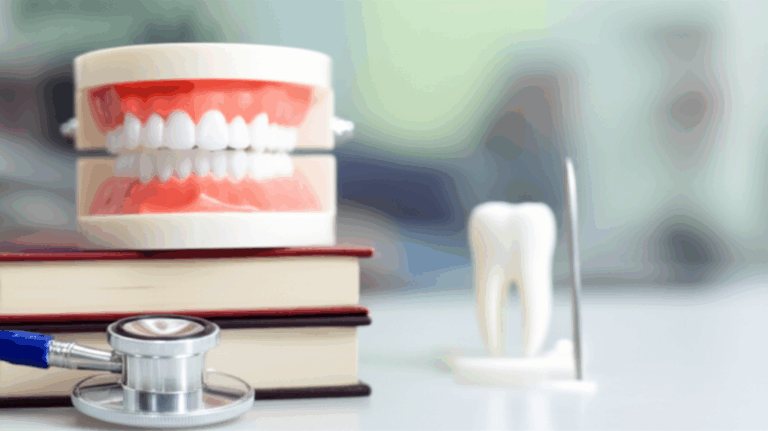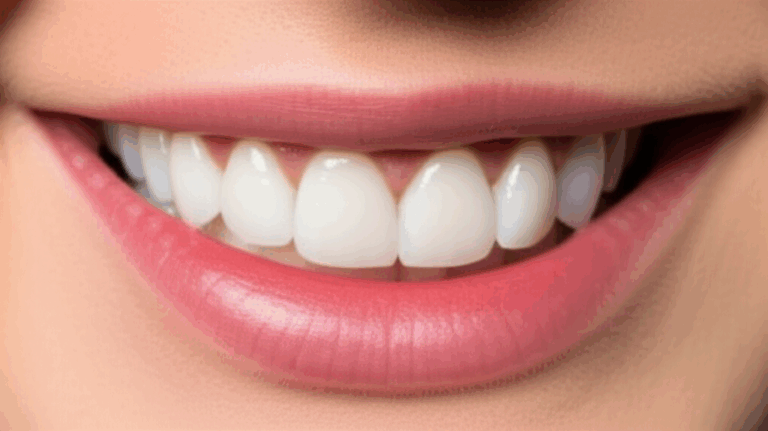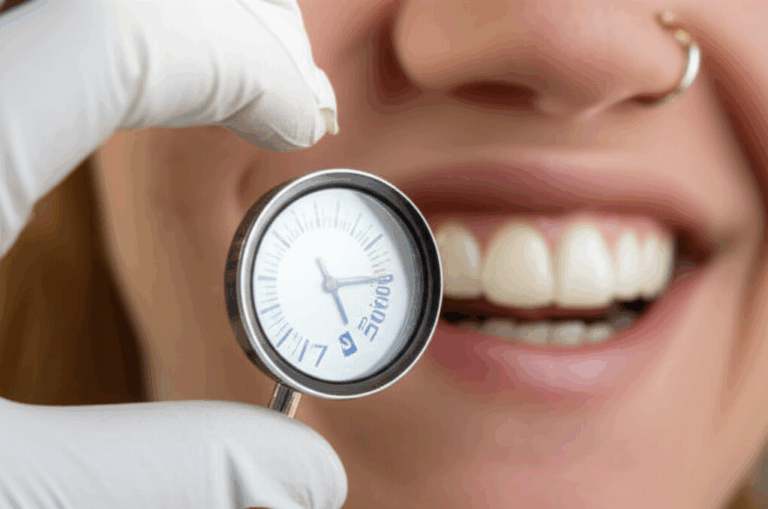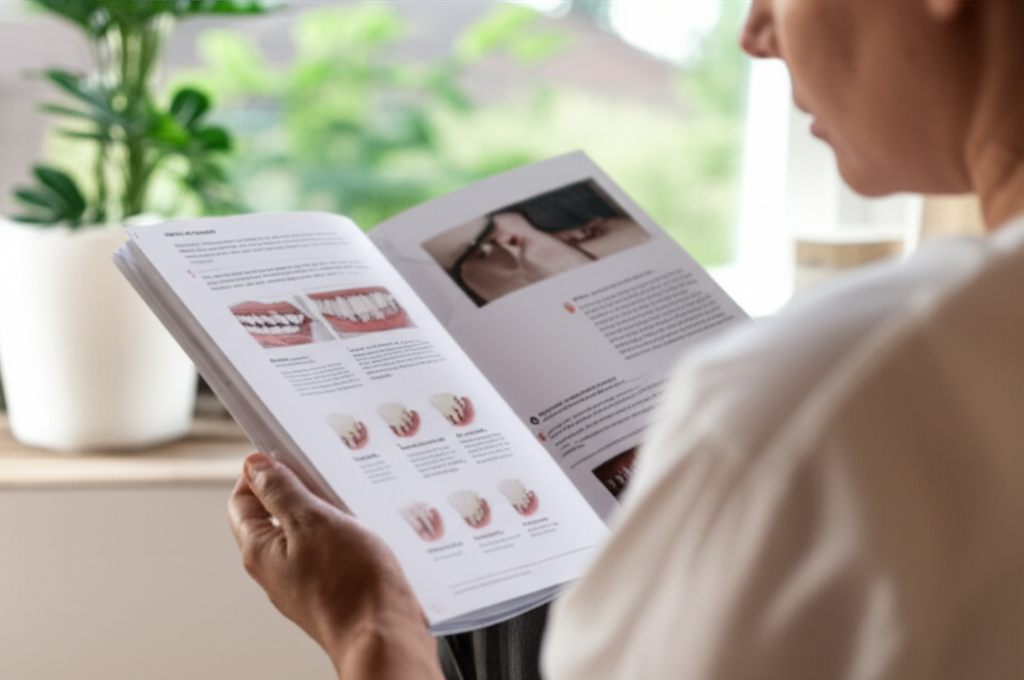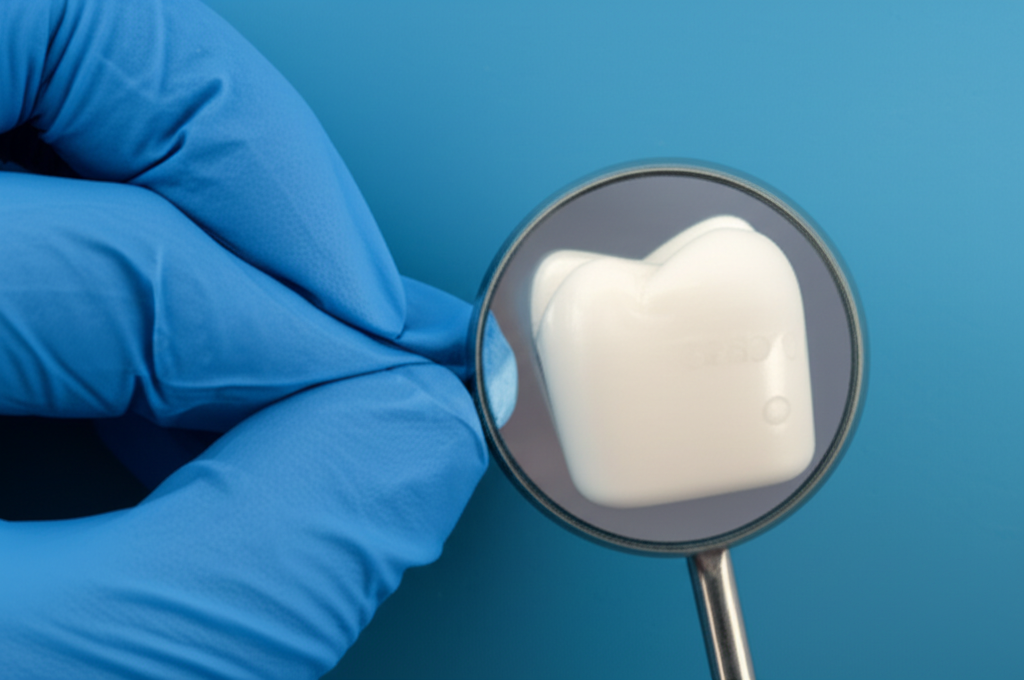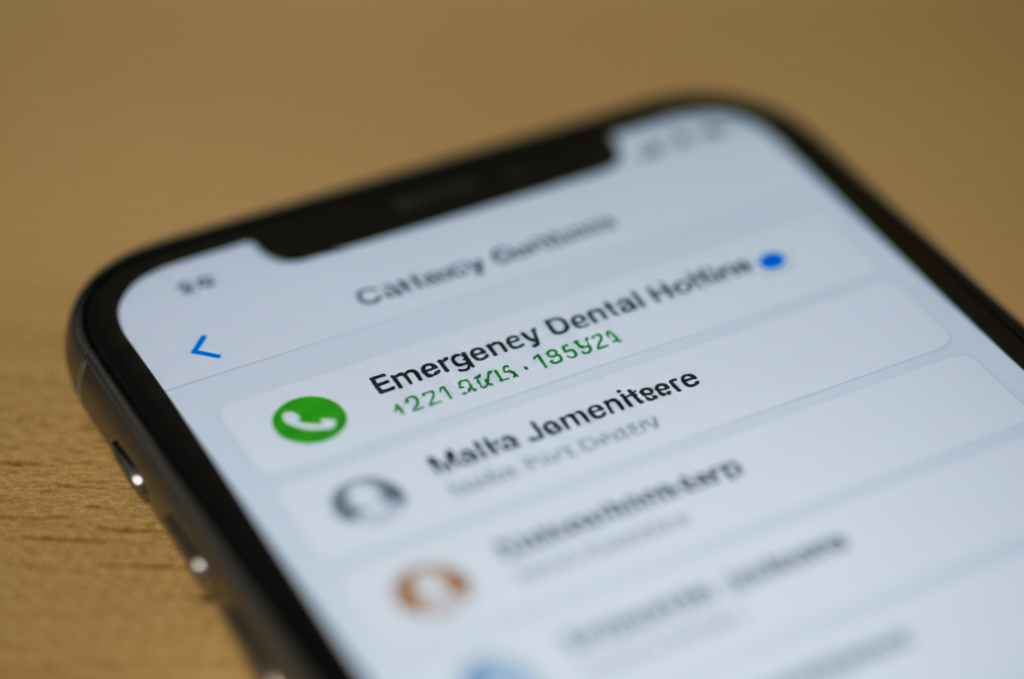
How to See a Dentist Quickly: Your Urgent Guide to Immediate Dental Care
That familiar jab of pain in your mouth wasn’t there yesterday, was it? Maybe you’re right in the middle of dinner, you bite down, and suddenly it feels like lightning shot through your tooth—just out of nowhere. Or worse, you’re getting ready for bed and realize your gum’s swelling up fast.
We’ve all heard advice like, “Just make a dental appointment”—but that’s no comfort when you’re in pain late at night or on a weekend.
If you’re reading this, odds are you’re worried, uncomfortable, and probably wondering: How do I see a dentist quickly? Is this even an emergency? What do I do now?
Breathe easy. You’ve found the right place. This guide breaks the problem down step by step, helping you understand what’s urgent, what you can do right now, and how to find professional help—fast.
What We’ll Cover
- What Is a Dental Emergency?
- What to Do While You Wait
- How to Find an Emergency Dentist Fast
- When to Go to the ER for Dental Problems
- What Happens at an Emergency Dental Visit
- Paying for Dental Emergencies Without Insurance
- How to Prevent Dental Emergencies
- Summary: What You Should Do
- FAQs About Getting to a Dentist Fast
What Is a Dental Emergency?
Let’s get right to the point. Not every toothache means you need to rush to the dentist at midnight. Still, sometimes problems can get bad quickly. Every year, up to 22% of adults have a sudden mouth problem that feels like an emergency.
Here’s how to tell if you need fast, professional help:
Really Bad Toothache
If pain is so strong it keeps you awake or just won’t stop, that’s not normal. Deep pain or pain that gets worse when you lie down often means something bad is going on under the tooth.
Chipped or Broken Tooth
A cracked or broken tooth isn’t just about how it looks. Sometimes, the crack goes deep and can let in germs or hit a nerve, which causes pain and can cause infection.
Knocked-Out Tooth
If a whole tooth comes out, time matters. You have the best shot at saving it if you get help within an hour.
Lost Filling or Crown
If a filling or crown falls out, it leaves the tooth’s soft part uncovered, which can hurt or feel sensitive. Germs can get inside quickly.
Dental Abscess (Bump, Swelling)
An abscess looks like a small bump on your gum and often comes with swelling, heat, and really bad pain. This means there’s an infection, and that can spread if you wait too long.
Bleeding Gums or Oral Injury
If you got hit in the face, had an accident, or your gums bleed a lot and won’t stop, you need help. Bleeding that won’t quit shouldn’t be ignored.
Swelling in Gums, Jaw, or Face
If swelling spreads on your jaw, gums, or face, your body is trying to tell you something’s wrong. Infection can spread to other parts if you ignore it.
Quick Check:
If pain is really bad, swelling is getting worse, or you are having a hard time swallowing or breathing, call for help right away.
What to Do While You Wait for a Dentist
Most of us can’t just snap our fingers and be in a dentist’s chair—even for urgent stuff. Here’s what you can do to stay safe and feel better while you wait:
If You Have Tooth Pain
- Take Regular Painkillers: Ibuprofen or acetaminophen (Tylenol) can help. Don’t put aspirin on your gums—it doesn’t work and can burn you.
- Use a Cold Pack: Hold an ice pack or bag of frozen peas wrapped in a towel on your cheek for 10-15 minutes. This helps lower swelling and numbs pain.
- Rinse With Saltwater: Mix half a teaspoon of salt in a cup of warm water. Swish and spit to clean the area.
If You Lost a Tooth
- Hold It by the Top: Don’t touch the root.
- Try to Put It Back: Gently push the tooth back in the hole if you can. If not,
- Keep It Wet: Put the tooth in a cup of milk or, if you have none, in your own spit. Don’t let it dry out.
If You Broke or Chipped a Tooth
- Rinse Out Your Mouth: Use warm water to wash away broken bits.
- Stop Bleeding: Press with clean gauze.
- Cover Sharp Spots: Use dental wax (from a pharmacy), sugar-free gum, or some clean cotton so your tongue or cheek won’t get scratched.
If You Lost a Filling or Crown
- Temporary Fix: Dental cement (sold at most stores) can cover the area until you see the dentist. Sugar-free gum works if you have nothing else.
- Don’t Chew On That Side: Give the tooth a break.
If You Have Swelling or an Abscess
- Use Cold, Not Heat: Only use a cold pack. Heat can make infection worse.
- Saltwater Rinse: Helps clean and soothes.
- Watch for Signs It’s Really Bad: If it’s hard to swallow, breathe, or swelling moves up your neck, go to the ER.
How to Find an Emergency Dentist Fast
If you’re hurting, you don’t want to spend hours searching the Internet. Here’s how to get help quick:
1. Call Your Dentist’s Office First
Most dental offices have a message you’ll hear if you call after hours with instructions. Some save spots for emergencies or have a dentist you can reach.
2. Search Online
Type things like “emergency dentist near me,” “24-hour dentist,” or “urgent dental care” into Google. Most dentists show if they do emergencies. Reviews can tell you who is fast.
3. Use Dentist Hotlines and Referral Services
Some places have special phone numbers to help you find a dentist open now—even after hours. Try the local dental society or health department websites.
4. Go to a Walk-In Dental Clinic
Some cities have clinics you can walk into with no appointment. Some are open late or on weekends.
5. Try Dental Schools
Dental schools often help with emergencies. You might get care cheaper. Advanced students work with teachers watching.
6. Community Health Centers
Many of these clinics keep a few appointments open each day for people with urgent problems and sometimes cost less—good if you don’t have insurance.
Tip:
If you can’t find anyone nearby, teledentistry is an option. An online dentist can look at your problem, give advice, or send medicine to your pharmacy so you can get started on treatment.
When to Go to the ER for Dental Problems
Over 2 million Americans end up in the ER for dental problems each year—most could be handled at a dental office, but sometimes the ER is best.
Go to the ER if:
- You Have a Bad Infection and Can’t Breathe or Swallow: Swelling that spreads or trouble breathing means go NOW.
- You Can’t Stop the Bleeding: If blood keeps pouring after a fall or injury, or it just won’t stop, get help.
- Big Injury to Face or Jaw: If you hit your jaw hard or you think you broke a bone, go to the ER.
The ER likely won’t fix your tooth, but they can help with pain, stop infection, and keep you safe until you can see a dentist.
What Happens at an Emergency Dental Visit
It can be scary not knowing what comes next, but here’s what usually happens:
First Check
The dentist will ask about your pain and what happened.
Exam and X-rays
They’ll look in your mouth and probably take an X-ray—fast and painless—to find out what’s wrong.
Quick pain relief or fixes
They might numb your mouth, fix a hole, drain an infection, or give you medicine for pain or infection.
Next Steps
Once you’re out of pain, the dentist will walk you through a plan to really fix the problem, like filling a tooth, doing a root canal, pulling a bad tooth, or talking about crowns or other replacements.
If you want something longer-lasting, you might hear about new strong crowns from a dental ceramics lab or even a zirconia dental lab for strong and nice-looking choices.
Paying for Dental Emergencies Without Insurance
Nobody wants a big bill they can’t pay, especially if you don’t have dental insurance. You still have choices:
- Ask About Payment Plans: Many places offer monthly payment options like CareCredit or their own payment plans. Ask up front.
- Sliding Scale Fees: Community clinics and some dentists charge you less if you earn less money.
- Dental Discount Plans: You can get a card that gives you a lower price on dental visits, sometimes up to half off.
- Dental Schools and Community Clinics: These may charge less—helpful if cash is tight.
- Virtual Dental Visits: These often cost less and can give advice or medicine for pain until you can see someone in person.
A checkup and X-ray usually costs $75 – $300, but if you need a tooth pulled, root canal, or crown, the price can add up fast.
How to Prevent Dental Emergencies
Most dental emergencies start with small problems you didn’t know you had. Stopping trouble before it grows saves pain and money.
See the Dentist Regularly
It’s easy to put off, but if you go for cleanings every 6 months, the dentist finds and fixes problems early.
Brush and Floss
- Brush two times a day with fluoride toothpaste.
- Floss every day.
- Cut down on sugar and soda.
These habits help stop cavities and gum infections, which cause most emergencies.
Wear a Mouthguard If Needed
If you play sports or grind your teeth at night, a mouthguard protects your teeth and can keep you from breaking or chipping them later.
Summary: What You Should Do
If you have a dental emergency:
- Act fast. Don’t wait days to see if it goes away.
- Know what’s really urgent. Bad pain, swelling, injuries, and lost teeth need help today.
- Use first aid at home. Ice packs, saltwater rinses, and pain relief can help until you get seen.
- Check your options: Call your usual dentist, find a walk-in, use teledentistry, or go to the ER if it’s really serious.
- Ask about cost. Payment plans, discount cards, and clinics can help you afford your care.
Remember: if you see your dentist often and take care of your teeth, emergencies happen less.
FAQs About Getting to a Dentist Fast
Q: Can urgent care help with a toothache?
A: Urgent care clinics can help manage pain or give antibiotics if you have swelling, but they can’t fix the real dental problem. You’ll still need a dentist for that.
Q: What does an emergency dentist visit cost?
A: Plan on $75 – $300 for a checkup and X-rays. Getting the problem fixed costs more, sometimes several hundred dollars. You can save money at community clinics or dental schools.
Q: What if I don’t have insurance?
A: Don’t worry! Most dental offices have ways to help—monthly payments, in-house plans, or lower-cost community clinics. You can also try a virtual dentist visit for quick, affordable help.
Q: How long can I wait with a broken tooth?
A: Don’t wait too long. Even if it doesn’t hurt, leaving a tooth open can lead to infection. Try to get care within 24 hours.
The Science, The Stories, and Why It Matters
A few facts:
- 1 in 5 adults has a dental emergency every year.
- Over 2 million ER visits in the U.S. each year are for dental problems—most could be avoided with faster dental care.
- Waiting with a big infection can lead to serious health problems or the infection spreading to your brain or blood.
- Teledentistry helps take care of about 60-70% of urgent dental cases quickly, making things easier for you.
Sometimes you might need something special, like a new crown, bridge, or denture. For these, your dentist may use a crown and bridge dental lab or a removable denture lab for a good, fast solution.
Take Charge: Get Relief Now
You’re not alone. Dental problems feel scary, but moving fast matters. It’s not just about pain—it’s your health.
Your game plan:
- Know when it’s serious. Don’t ignore pain, swelling, or injury.
- Help yourself at home: Use saltwater, ice packs, and painkillers, but don’t delay calling for help.
- Find care quickly: Regular dentist, walk-in clinic, or teledentist—pick what works for you.
- Ask about prices and payment: Most places can help you with a plan.
- Stay on top of checkups: Good habits and regular visits stop most big problems before they start.
If you think it’s an emergency, don’t try to “tough it out.” Call or visit a dental professional now—your smile and health matter.
For more on dental materials or tooth repairs, check out helpful resources from a china dental lab, or learn about digital tools used by a modern digital dental lab.
Sources:
- Agency for Healthcare Research and Quality (AHRQ), American Dental Association (ADA), CDC oral health reports, and studies on dental emergency trends and access.
This guide is for information only and not a replacement for medical advice. If you think someone has a life-threatening emergency, call for help right away.

